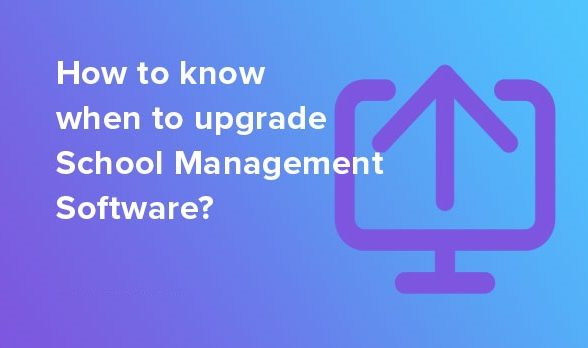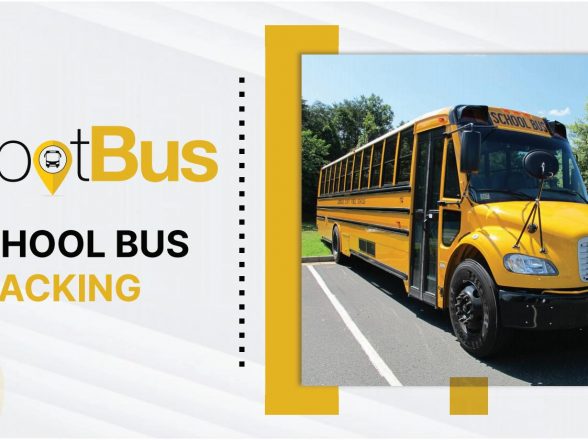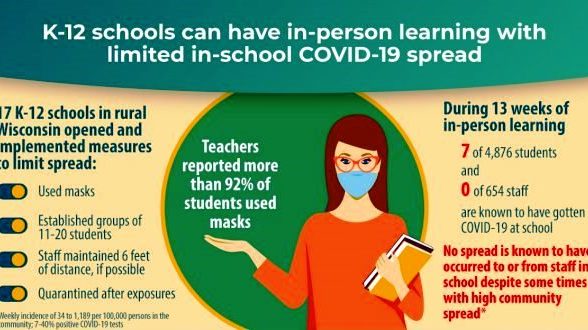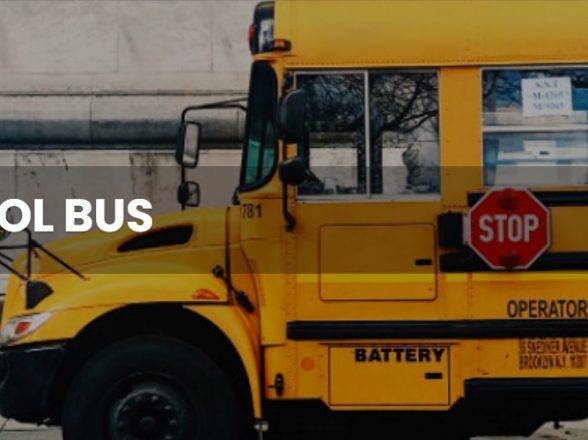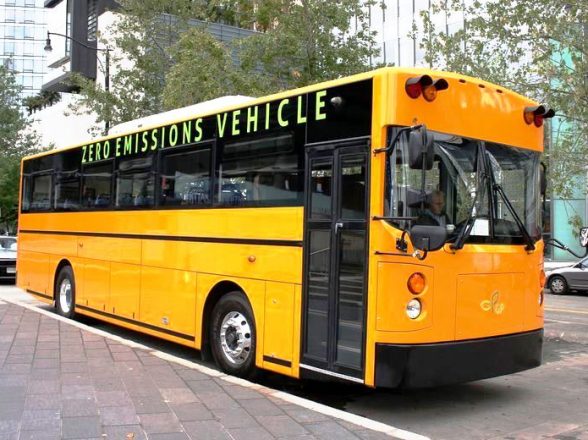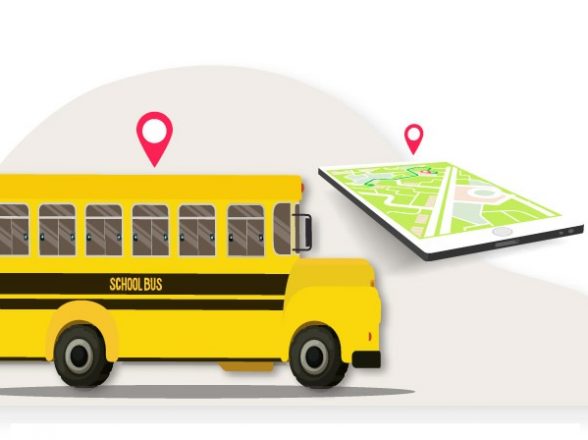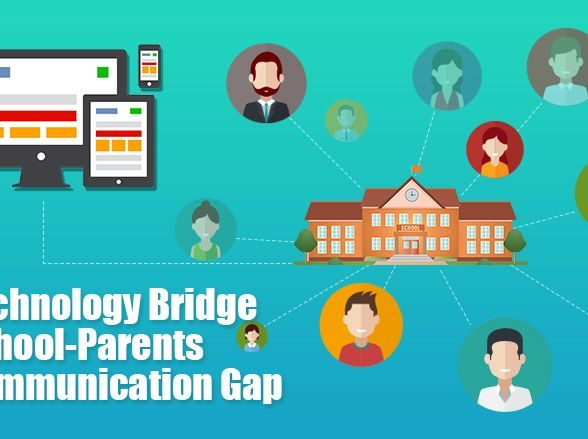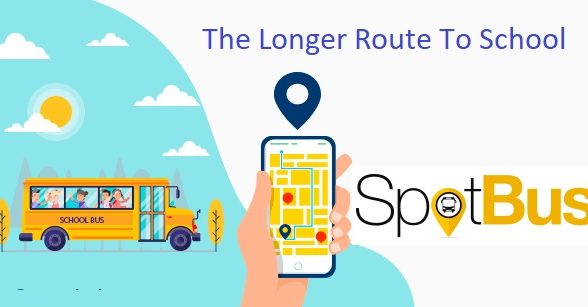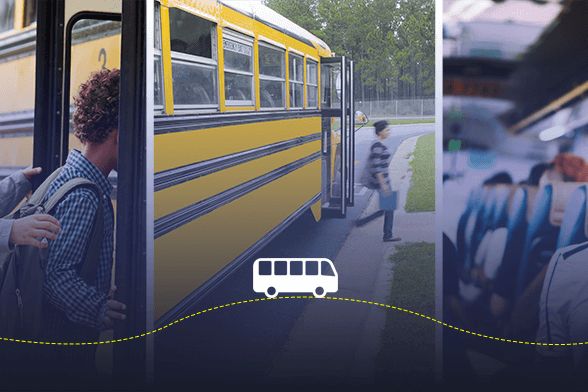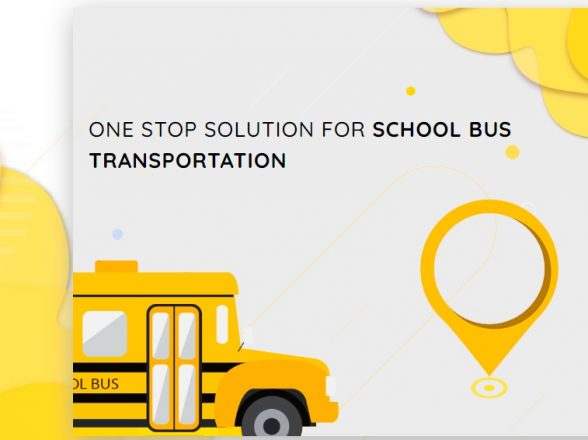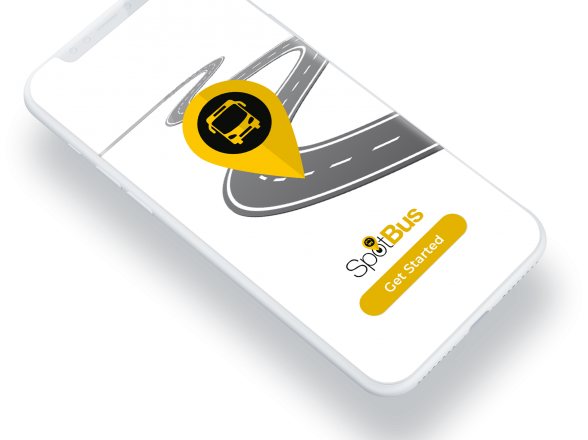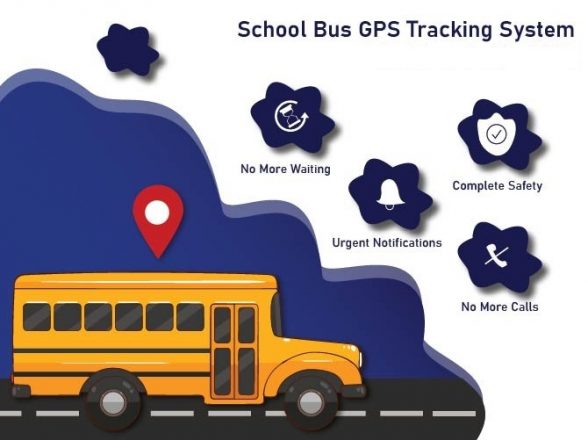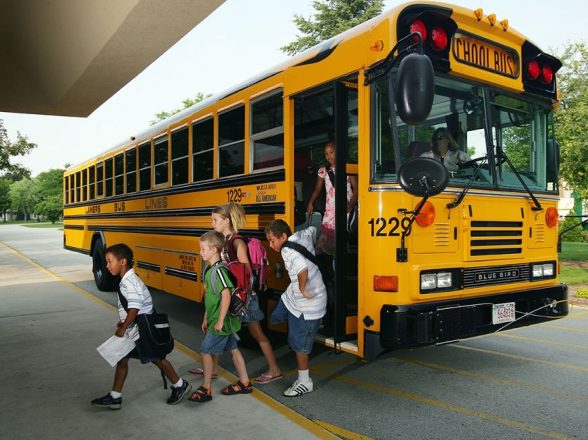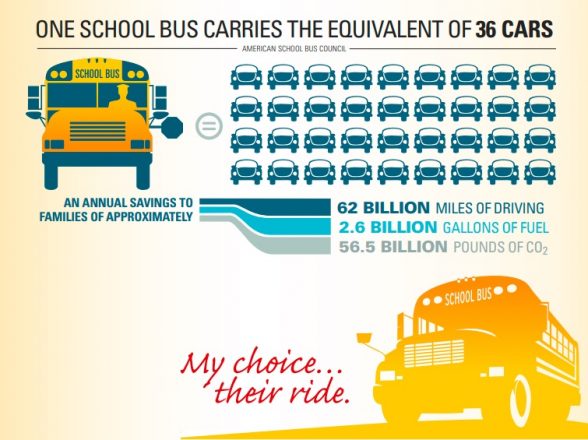How Does SpotBus School Bus GPS Tracking App Work
In today’s fast paced and congested urban environments, travel and commute have become increasingly complex for people. School Bus Tracking System, driven by GPS tracking technology, play a significant role in simplifying their lives. Here’s a look at several types of tracking apps and how do they work:
About GPS Technology:
A GPS system essentially consists of a receiver that picks up signals from a global satellite system – a set of satellites in geostationary orbits around the earth, which are constantly transmitting radio signals down to earth.
The receiver uses signals from multiple satellites to calculate its location on the globe by a mathematical process of trilateration. To have an accurate estimation, the receiver must be able to receive signals from 4 or more satellites.
1. Crowdsourcing Systems:
GPS in smartphones, more specifically the ‘Geolocation’ feature in mobile apps makes it possible to identify the location of the phone, calculate routes, find places, and also provide useful information about the surrounding area.
When users download the transit app, they simply have to plan a trip or choose a route, and press Go.
The App detects when the bus departs, and automatically transmits the location to the server. On the basis of this broadcasted data for a multitude of anonymous data points, it is possible to predict ETAs (expected time of arrival) for stops down the line.
As more and more people use the app, the predictions become more and more accurate.
Most transit apps first started the crowdsourcing way, until GPS technology began to be used in public transportation for real time vehicle tracking.
2.GPS Device Based Systems:
GPS devices are placed in the buses, and these devices stream their real time location on to a map. On the basis of this stream of data, the ETA’s are computed for every stop.
The transit app user simply enters his destination into a trip planner to see all routes and trip options, along with speed and price details. He not only gets the ETA, but also gets to see the approaching bus in real time on a map.
The visual depiction gives the user a better cognitive understanding of how far the bus really is, and how soon he can make it to the stop.
He can also gauge how far he is from his pre set locations, e.g., home and office; and get instant directions to get there.
As more and more bus operators and bus transport authorities began to use GPS devices, many transit app companies partnered with them and either used a cloud-based software to compute the ETA’s, or simply took the ETA’s calculated by the bus transport companies and relayed them to the passengers via their own apps.
3.Plug and Play Systems:
The USP of this system is that participating bus transport companies do not need to invest in custom or expensive hardware on their vehicles. The bus drivers are given tablets with a pre-installed application.
They simply have to remain logged in during the course of the journey, and the vehicle location gets constantly transmitted to the servers.
This data is then used to compute the ETA’s which are relayed to the transit app users.
In return for their participation, the bus transport companies get a real time operations dashboard that provides useful insights for them to increase the efficiency of their fleet operations.
They can analyze route loads, early/ late departures, vehicle performance, driver behavior, etc.
4.Machine Learning based Systems:
No matter how advanced the GPS device, computing ETA’s on the basis of GPS technology alone has some pitfalls.
In the real world, there are a host of road factors that affect traffic – weather and visibility conditions, event-based traffic, rush hour, protest marches, accidents, construction work etc.
Moreover, GPS signals themselves are weakened in the presence of skyscraper buildings.
In the Machine learning based systems, powerful computer processors are fed with streams of historical data related to bus locations, travel times, delays, and much more.
The system then runs millions of simulations, to arrive at a multi variable, proprietary predictive algorithm, which computes an ETA which is more in line with the real world conditions.
This system requires huge amounts of historical data and a steady stream of on-going data, so widely popular apps such as Transit and Moovit, who have huge repositories of data are able to apply this in their products.
As a case in point, Moovit collects about 5 Billion anonymous data points across various means of transport in a single day.
Conclusion:
Thus, GPS technology is at the heart of most transit apps used for public bus transportation, whether they are simple crowd-sourcing applications or complex, iterative algorithm-based solutions.
Similarly, for private fleets of buses, e.g., school buses, a GPS based School Bus Tracking App with real time bus tracking, accurate ETA’s and notification systems assures a simple, safe and uncomplicated commute for children, and peace of mind for the parents.
What is your opinion about various bus tracking apps?



